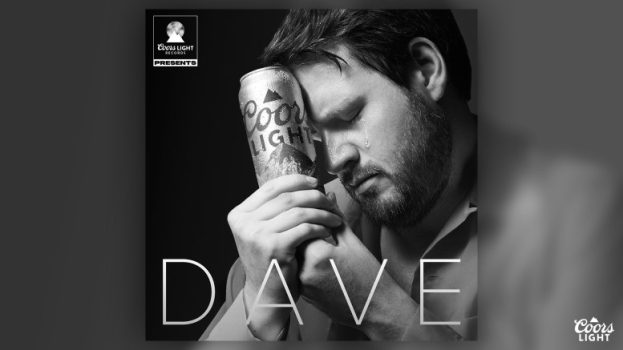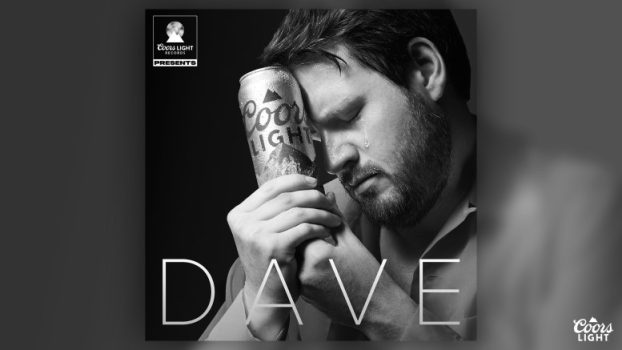 When their period comes, some women visit the local drugstore for some pain meds. And many of those Canadian women are likely to reach for one of the two leading brands of pain relief medications, Tylenol or Advil.
When their period comes, some women visit the local drugstore for some pain meds. And many of those Canadian women are likely to reach for one of the two leading brands of pain relief medications, Tylenol or Advil.
But Motrin has just launched the “Motrin + Tina’s Uterus” campaign in hopes of getting more young women to reach for it instead during their next menstrual cycle.
“We have never, ever gone this young and this authentic with our marketing on Motrin in the world, so it would kind of be a first for the brand,” says Motrin brand manager Andrew Crowson.
The Johnson & Johnson ibuprofen brand currently has less than 3% market share in Canada. Targeting a completely new demographic is part of the strategy to grow its slice of the pain-reliever pie, according to Steve Miller, SVP and creative director at OneMethod, the agency that led creative on the campaign.
Tylenol, which is also owned by Johnson & Johnson, and Advil, owned by Pfizer, dominate the market and their advertising tends to focus mainly on headache and muscle pain, notes Miller. This is the first big marketing push for Motrin since 2014, when it targeted middle-aged women, says Crowson.
Its new campaign is targeting the daughters of those women. Teen girls and young women suffer more pain from dysmenorrhea – a.k.a. menstrual cramps – as symptoms tend to lessen with age, according to the Mayo Clinic. A range of options from over-the-counter pain relievers to hormonal birth control to alternative medicine are often recommended by doctors. So, while not all girls and women who have dysmenorrhea will opt for over-the-counter pain relievers, the challenger brand found from its research there’s an opportunity to reach younger women to get them to choose Motrin the next time they’re at the pharmacy.
“We’re really trying to shake things up and get people to talk about Motrin,” says Crowson. “Advil and Tylenol buyers are very loyal, so to really break through we realized we needed a big idea. When we looked at the marketplace and our consumer we had this ‘a-ha [moment]’ that no pain brand is really targeted to a younger consumer.”
Tylenol markets itself as an emotive brand , while Advil’s “Advil and Go” positions itself as “very much focused on an active lifestyle,” says Crowson. To differentiate itself from the big competitors, Motrin is positioning the brand as the go-to option for younger women through the use of humour in its hip, short digital ads.
Both Tylenol and Advil tend to target aging Gen Xers and Baby Boomers, not millennials and Gen Zers. We’ve all seen those now cliché ads where a middle-aged man is “doing what they love and pain gets in their way,” notes Crowson. “And we said, ‘why is there no pain brand speaking to the real truth [of] what young women go through?’”
[iframe_youtube video = “l5j81hQw92U”]
In addition to OneMethod, in-house agency J3 handled media and public relations.
From a visual standpoint, the campaign looks, as a Gen Zer might say, “Insta-worthy.” It features pink, a trendy cactus plant and a group of diverse, young women. The women are depicted as being in the research and development department sitting literally in the fictional Tina’s pink uterus blithely brainstorming ways to cause her pain.
“We took a very edgy, real way of talking about menstrual pain,” says Crowson. “Which is a really pain for women that goes on, so it’s been really fun seeking an authentic voice.”
[iframe_vimeo video = “281824912”]
A 15-second follow-up ad featuring the young women being laid off because Tina took Motrin is online-only and only plays if you’ve first watched the brainstorming ad, says Miller.
Motrin recently did a big campaign launch on TV and on every major social media platform. But the focus of the campaign, which runs throughout the rest of 2018, is 30-, 15- and 6-second video spots on Instagram, YouTube and Facebook in a bid to reach young women via their smartphones.
[iframe_vimeo video = “281826508”]
A trio of snarky six-second bumpers show pain-causing implements like a scorpion, belt sander and jumper cables being laid off as well.
Research before the campaign found that to reach millennial and Gen Z females, you “have to speak their language,” says Crowson. The pain reliever brand found young women often shared memes as a way of expressing their pain to their online followers.
“We realized we can speak like them – humorous, authentic, shareable-type pain comments,” says Crowson. “You gotta speak to women and that’s how they’re speaking.”
The really big insight, though, was that women don’t want to be spoken down to. Research found younger females wouldn’t respond well to ads that show authoritarian figures, such as doctors in white coats, who are depicted as here to save women by telling them what their problem is and what the solution is, notes Crowson.
Motrin has no plans to target millennial and Gen Z males with a similar edgy campaign, but “never say never,” says Crowson. For now, the challenger brand sees women as a big possible growth area and will likely continue to target that demographic with fun campaigns in the same vein as “Motrin + Tina’s Uterus.”























